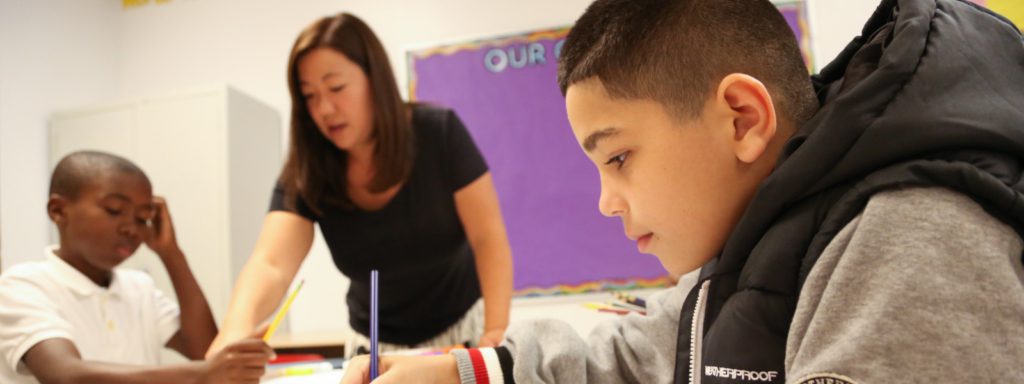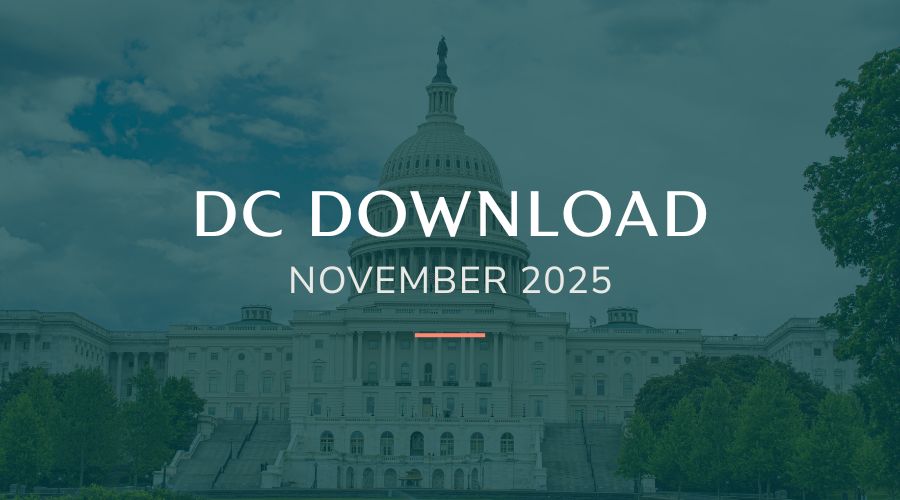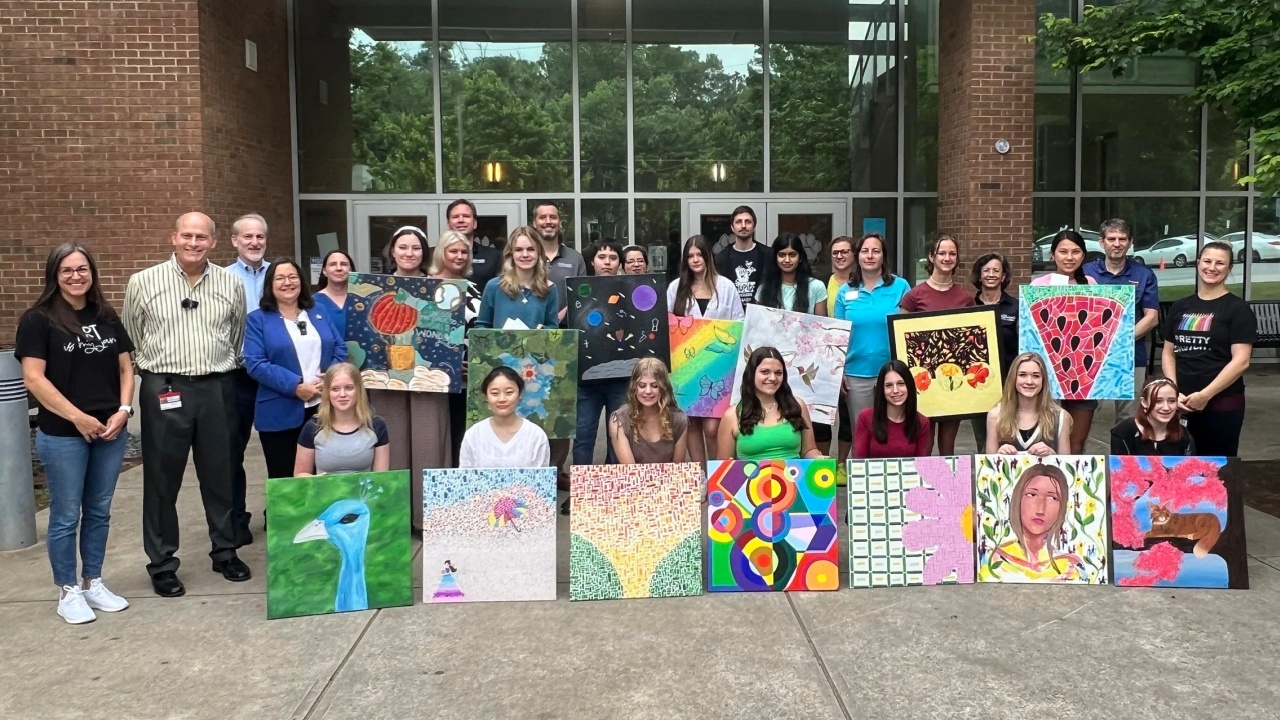StriveTogether partners with communities to ensure every child has every chance to succeed – because race, ethnicity, poverty, and circumstance should not determine opportunity or outcome. Their network represents nearly 70 communities across 29 states and Washington, D.C. StriveTogether is a new member of Independent Sector, as well as a member of the Nonprofit Infrastructure Investment Advocacy Group (NIIAG). We spoke with StriveTogether’s President and CEO, Jennifer Blatz.
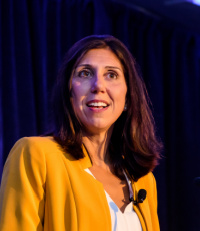
IS: Tell us about your organization’s areas of interest, the communities you serve, and how your work helps to advance an equitable and healthy sector and nation where all people can thrive.
JB: StriveTogether is a national movement helping every child succeed in school and in life, regardless of race, ethnicity, zip code, or circumstance. StriveTogether partners with nearly 70 communities across the country to advance equity so local success stories can become the reality for every child, everywhere. Together, we transform failing systems with a collaborative improvement methodology and a proven, data-driven framework for change. We work to close equity gaps in education, housing, and so much more. The StriveTogether Cradle to Career Network impacts the lives of more than 14 million youth – more than 8 million children of color and more than 6 million children living in poverty – across 29 states.
IS: As an Independent Sector community member, what are you looking forward to that will help your organization better achieve your mission and serve your community?
JB: The field of changemakers is growing and we need to connect with others working to improve outcomes for kids and families. We believe working with individuals and organizations who share our commitment to results and equity can help accelerate systems transformation that eliminates disparities and improves outcomes for kids. This is increasingly important as we advocate for policy that supports civic infrastructure.
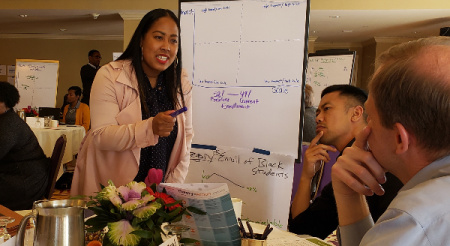
IS: What are some of your organization’s core or special programs that support the community you serve and help strengthen the nonprofit sector?
JB: Our work has always been rooted in community and the rigorous use of data to resolve systemic barriers that limit opportunity. Building on lessons from many communities using data for collaborative improvement, we decided in 2013 that achieving population-level impact – improving outcomes for large groups of people – would require a more-intentional focus on systems and commitment to rigor and use of data. We introduced our Theory of Action™, which serves as a road map with progressive milestones for network members. This move required the disaggregation of data aligned to a set of cradle-to-career outcomes. We believe this is the best way to bring a community together around results and the civic infrastructure necessary to achieve large-scale, equitable social change.
Our latest iteration, the fifth revision in eight years, strengthens our focus on racial and ethnic equity and systems-level change. For example, network members use evidence-based decision-making and data to narrow disparities. Despite our strong track record in measuring outcomes at the individual level, like academic achievement gaps and postsecondary completion rates, we realized we were missing the norms, practices, and policies embedded within the systems, institutions, and organizations where children live, learn, and grow. We are subsequently expanding our focus to include systems-level indicators to better understand how structural inequity perpetuates opportunity gaps for communities of color.
IS: Independent Sector brings together a diverse community of changemakers at nonprofits, foundations, and corporate giving programs that are working to achieve a racially just and healthy sector and nation where all people in the U.S. thrive. What influenced your decision to become an Independent Sector member? How does your work align with Independent Sector’s mission and our member organizations?
JB: StriveTogether evolved from the work in a community where the people found a better way of working together to transform the lives of marginalized kids and families. They believed if they could improve outcomes, cradle to career, they could help more kids and families find a path to economic mobility.
This work requires community building in place – and we’ve also learned that community building is necessary for those of us doing this work at the national level. StriveTogether has an organizational value of community – it’s one of the cornerstones of who we are. And we know that this work shouldn’t be done alone or in competition with others in the sector. We believe we can learn from the community curated by Independent Sector and share our own learning and experiences to advance the sector in service of more equitable outcomes.
Building community also helps enhance civic infrastructure – the connective tissue that enables systems to work in harmony to support kids and families equitably, efficiently, and harmoniously. Just as roads and bridges – our physical infrastructure – require capacity and investment, we need to direct resources intentionally to build civic infrastructure. Independent Sector’s commitment to build civil society infrastructure as a policy priority aligns with our founding vision and the need for an equitable recovery as we emerge from the pandemic. Systemic failures and inequitable outcomes were laid bare, and our collective work is clear.
IS: Independent Sector collaborates with individuals and the charitable community to create a racially just and healthy sector and nation. How does your work help to support or advance these objectives?
JB: Our framework for building civic infrastructure is rooted in the concept of transforming the way systems in place work together to support children – especially children of color and those experiencing poverty. As we work with place-based partnerships, which are largely nonprofit organizations working to coordinate systems transformation in their communities, we are fundamentally trying to shift the way this sector – and other sectors – work by using data, holding results, and focusing on equitable outcomes.
Read more about StriveTogether. The top photo is courtesy of the nonprofit organization. Learn about Independent Sector membership.
